Introduction
The Boeing 747 is a legendary aircraft that has played a significant role in the history of aviation. First introduced in the late 1960s, the 747 revolutionized air travel by offering unprecedented capacity and range for commercial flights. With its distinctive hump-shaped upper deck and massive size, the 747 quickly became a recognizable symbol of modern air travel. Over the years, various versions of the 747 have been produced, each with its own unique features and capabilities. Today, the 747 remains a vital part of many airlines’ fleets, transporting passengers and cargo around the globe. Whether you’re a seasoned aviation enthusiast or simply love to fly, the Boeing 747 is an aircraft that is sure to capture your imagination.
Boeing 747, a large, long-range commercial airliner that has played a significant role in the history of aviation. The 747 is important for a number of reasons. Firstly, it was the first wide-body airliner in the world, meaning that it had a much larger passenger capacity than any other airplane at the time of its introduction. This made it possible for airlines to offer more comfortable and efficient long-distance flights, enabling them to transport larger numbers of passengers and cargo on each trip.
B-747 was a technological marvel when it was first introduced, with features such as a two-story cabin, an upper deck, and advanced engines that allowed it to fly long distances at high speeds. This made it a popular choice for airlines and helped to establish the 747 as a dominant player in the aviation industry.
B-747 has played a key role in shaping the modern air travel experience. Its size and capacity have made it an ideal aircraft for long-haul flights, and its iconic design has made it a recognizable symbol of air travel. Even today, the 747 remains an important part of many airlines’ fleets, and its legacy as a pioneering and influential aircraft is sure to endure for many years to come.
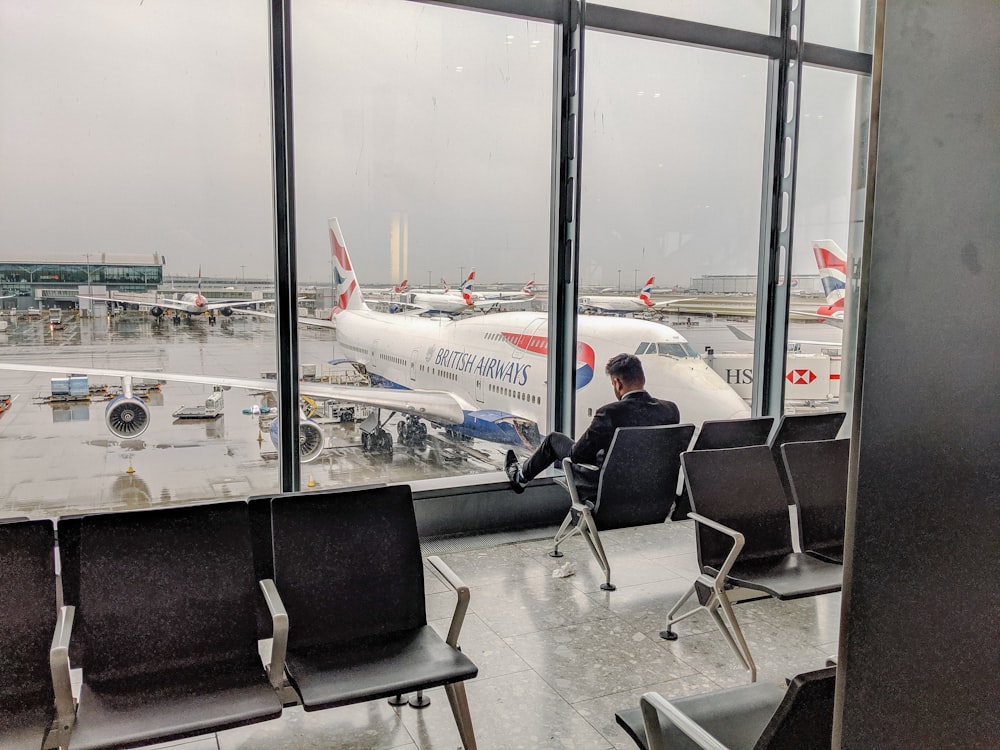
History
The history of the Boeing 747 dates back to the mid-1960s, when the airline industry was experiencing rapid growth and airlines were in need of larger, more efficient aircraft to meet the increasing demand for air travel. In response, Boeing developed the 747, a wide-body airliner with a capacity of up to 660 passengers in a standard configuration. The 747 was designed to be the largest and most advanced commercial aircraft in the world, with features such as a two-story cabin, an upper deck, and advanced engines that allowed it to fly long distances at high speeds.
The first 747 was rolled out on September 30, 1968, and made its inaugural flight on February 9, 1969. The aircraft was met with widespread acclaim, and orders for the 747 quickly poured in from airlines around the world. Over the years, various versions of the 747 have been produced, including the 747-100, -200, -300, -400, and -8. Each version has its own unique features and capabilities, and has been used by airlines for a variety of purposes, including passenger flights, cargo operations, and VIP transport.
The 747 has played a key role in shaping the modern air travel experience, and its impact on the aviation industry is undeniable. It has set numerous records, including being the first aircraft to carry over one million passengers on a single flight, and has transported millions of people around the globe. Its iconic design and impressive size have made it a recognizable symbol of air travel, and it remains a popular and influential aircraft to this day.
 Basic Characteristics
Basic Characteristics
The Boeing 747 is a large, long-range commercial airliner that is known for its distinctive hump-shaped upper deck and impressive size. Some of the basic characteristics of the 747 include:
- Size: The 747 is a wide-body airliner with a length of about 250 feet (76 meters) and a wingspan of almost 220 feet (67 meters). It has a height of about 63 feet (19 meters) and a maximum takeoff weight of up to 875,000 pounds (396,897 kilograms).
- Range: The range of the 747 depends on the specific version and the type of engines it is equipped with. The 747-8, for example, has a range of around 8,000 nautical miles (14,815 kilometers), while the 747-400 has a range of around 7,260 nautical miles (13,450 kilometers).
- Capacity: The 747 can accommodate up to 660 passengers in a standard two-class configuration, or up to 853 passengers in a high-density configuration. It has a wide, two-story cabin with an upper deck that extends over the front portion of the aircraft.
- Performance: The 747 is powered by four engines, which provide it with the necessary thrust to reach high speeds and fly long distances. The aircraft has a maximum cruising speed of around 614 miles per hour (988 kilometers per hour) and can reach altitudes of up to 45,000 feet (13,716 meters).
 Unique Design and Features
Unique Design and Features
The Boeing 747 is a unique and iconic aircraft that is distinguished by its distinctive hump-shaped upper deck and impressive size. Some of the unique design and features of the 747 that set it apart from other commercial airliners include:
- Two-story cabin: The 747 has a wide, two-story cabin that is divided into two main levels. The main deck, or lower deck, is located below the upper deck and is used for seating and cargo storage. The upper deck, which extends over the front portion of the aircraft, is used for seating and features a series of windows that provide passengers with a panoramic view.
- Upper deck: The upper deck of the 747 is one of the aircraft’s most distinctive features. It is located above the main deck and is accessed by a spiral staircase. The upper deck is used for seating and can accommodate up to 60 passengers in a standard configuration. It is also used for a variety of other purposes, such as a lounge, a bar, or a duty-free shop.
- Four engines: The 747 is powered by four engines, which are mounted on the wings. These engines provide the aircraft with the necessary thrust to reach high speeds and fly long distances. The engines are also equipped with noise-reducing features, which help to reduce the noise footprint of the aircraft.
- Large size and capacity: The 747 is a large aircraft with a wide, two-story cabin that can accommodate up to 660 passengers in a standard configuration. This makes it an ideal aircraft for long-haul flights and allows airlines to transport large numbers of passengers and cargo on each trip.

Evolution of the 747
The Boeing 747 is a versatile aircraft that has undergone numerous upgrades and changes over the years. Some of the different versions of the 747 that have been produced include:
- 747-100: The 747-100 was the first version of the 747 and was introduced in 1970. It had a capacity of up to 366 passengers and was powered by four Pratt & Whitney JT9D engines. A total of 155 747-100s were produced, and they were used by a variety of airlines for passenger and cargo operations.
- 747-200: The 747-200 was introduced in 1971 and was an upgraded version of the 747-100. It had a longer range and a higher maximum takeoff weight, and was equipped with more powerful engines. The 747-200 also had a number of other improvements, such as a strengthened structure and an extended upper deck. A total of 396 747-200s were produced.
- 747-300: The 747-300 was introduced in 1983 and was an extended version of the 747-200. It had a stretched upper deck and a larger capacity, and was equipped with more powerful engines. The 747-300 was also equipped with a number of other improvements, such as winglets and an advanced avionics suite. A total of 213 747-300s were produced.
- 747-400: The 747-400 was introduced in 1989 and was a major update of the 747. It had a number of improvements, such as a revised wing design, more powerful engines, and an advanced avionics suite. The 747-400 also had a larger capacity and a longer range than previous versions of the 747. A total of 694 747-400s were produced.
- 747-8: The 747-8 is the latest version of the 747 and was introduced in 2011. It has a longer range and a higher fuel efficiency than previous versions of the 747, and is equipped with more powerful engines. The 747-8 also has a number of other improvements, such as a revised wing design and an advanced avionics suite. A total of 67 747-8s have been produced.
 The Boeing 747 is a versatile and adaptable aircraft that has undergone numerous upgrades and changes over the years to meet the changing needs of the aviation industry. Some of the ways in which the 747 has evolved to meet these needs include:
The Boeing 747 is a versatile and adaptable aircraft that has undergone numerous upgrades and changes over the years to meet the changing needs of the aviation industry. Some of the ways in which the 747 has evolved to meet these needs include:
- Increasing fuel efficiency: As the cost of fuel has risen and environmental concerns have grown, there has been an increasing demand for more fuel-efficient aircraft. In response, Boeing has made a number of improvements to the 747 to increase its fuel efficiency. These improvements include more powerful engines, a revised wing design, and advanced avionics that help to reduce fuel consumption.
- Improving passenger comfort: Airlines and passengers alike have come to expect high levels of comfort on long-haul flights, and the 747 has evolved to meet these expectations. Over the years, the 747 has been equipped with a number of features that improve passenger comfort, such as wider seats, more legroom, and advanced in-flight entertainment systems. The 747-8, for example, has a more spacious and modern interior than previous versions of the 747, and is equipped with larger windows and LED lighting.

- Enhancing performance and capabilities: As the aviation industry has evolved, the 747 has undergone a number of changes to improve its performance and capabilities. For example, the 747-400 was equipped with more powerful engines and a revised wing design, which increased its range and allowed it to fly at higher altitudes. The 747-8, meanwhile, has a longer range and a higher fuel efficiency than previous versions of the 747, and is equipped with more powerful engines and an advanced avionics suite.
Overall, the 747 has evolved to meet the changing needs of the aviation industry, and it continues to be an important and influential aircraft to this day.
Famous 747s

The Boeing 747 is a large and luxurious aircraft that is often used by dignitaries and celebrities for travel. Some famous examples of the 747 being used by these groups include:
- 747 used by the British royal family: The British royal family has a specially modified 747 that is used to transport them on long-distance trips. The aircraft is equipped with a number of amenities, including a conference room, a bedroom, and a dining room.
- 747 used by the US President: The US President’s official airplane is a specially modified 747 that is known as Air Force One. It is used to transport the President and other government officials around the world, and is equipped with a variety of features that make it a flying White House.
- 747 used by celebrities: A number of celebrities have been known to travel on the 747, either as passengers on commercial flights or on private charters. The aircraft’s spacious and luxurious interior makes it a popular choice for celebrities who want to travel in style.
Overall, the 747 is a versatile and luxurious aircraft that has been used by a variety of dignitaries and celebrities over the years. Its size, range, and capacity make it an ideal choice for long-distance travel, and its iconic design and advanced features make it a recognizable and desirable choice for those who demand the best in air travel.
Airforce 1
Air Force One is a specially modified Boeing 747 that is used to transport the President of the United States and other government officials around the world. Some of the unique features of Air Force One include:
- Advanced communications systems: Air Force One is equipped with a range of advanced communications systems that allow the President and other government officials to stay connected while in flight. These systems include satellite phones, fax machines, and secure video conferencing equipment, which allow the President to stay in touch with key advisors and make decisions while in the air.
- Conference room: Air Force One has a conference room that is used for meetings and briefings. The conference room is equipped with a table, chairs, and audio-visual equipment, and is used for a variety of purposes, such as holding press conferences or briefing the President on important issues.
- Medical facility: Air Force One is equipped with a medical facility that is staffed by a team of medical professionals. The medical facility is equipped with a range of medical equipment and supplies, and is used to provide medical care to the President and other government officials while in flight.
- Bedrooms and living quarters: Air Force One has a number of bedrooms and living quarters that are used by the President and other government officials while in flight. These quarters are equipped with comfortable beds, chairs, and other amenities, and provide a place for the President and other officials to rest and relax while in the air.
Overall, Air Force One is a unique and highly advanced aircraft that is equipped with a range of features that make it a flying White House. Its advanced communications systems, conference room, medical facility, and comfortable living quarters allow the President and other government officials to stay connected and productive while in flight.

Royal Family’s B747
The British royal family has a specially modified Boeing 747 that is used to transport them on long-distance trips. Some of the features of this aircraft include:
- Spacious and luxurious interior: The royal family’s 747 has a spacious and luxurious interior that is equipped with a range of amenities. These amenities include comfortable seating, a conference room, a bedroom, and a dining room, which allow the royal family to travel in comfort and style.
- Advanced communications systems: Like Air Force One, the royal family’s 747 is equipped with a range of advanced communications systems that allow the royal family to stay connected while in flight. These systems include satellite phones, fax machines, and secure video conferencing equipment, which allow the royal family to stay in touch with key advisors and make decisions while in the air.
- Conference room: The royal family’s 747 has a conference room that is used for meetings and briefings. The conference room is equipped with a table, chairs, and audio-visual equipment, and is used for a variety of purposes, such as holding press conferences or briefing the royal family on important issues.
- Medical facility: The royal family’s 747 is equipped with a medical facility that is staffed by a team of medical professionals. The medical facility is equipped with a range of medical equipment and supplies, and is used to provide medical care to the royal family while in flight.
Overall, the royal family’s 747 is a unique and highly advanced aircraft that is equipped with a range of features that allow the royal family to travel in comfort and style. Its spacious and luxurious interior, advanced communications systems, conference room, and medical facility make it
 Future of the 747
Future of the 747
The current state of the Boeing 747 is a topic of debate and speculation in the aviation industry. Here are a few key points to consider:
- Continued use: While the 747 is no longer being produced, it continues to be used by a number of major airlines for passenger and cargo operations. The aircraft’s large size, long range, and high capacity make it an ideal choice for long-haul flights, and it is well-suited for transporting large numbers of passengers and cargo on each trip.
- Declining production: The production of the 747 has been in decline for several years, and the last 747 was produced in 2017. This has led to speculation about the future of the aircraft, and some experts have suggested that it may eventually be phased out in favor of newer, more fuel-efficient aircraft.
- Changing market: The aviation industry is constantly evolving, and the 747 has faced increasing competition from newer and more fuel-efficient aircraft in recent years. This has led some airlines to consider retiring their 747 fleets and replacing them with newer models.
- Future prospects: Despite these challenges, the 747 continues to be an important and influential aircraft in the aviation industry. It has a long history and a strong reputation, and it is likely to continue to be used by a number of major airlines for the foreseeable future. However, it remains to be seen how long the 747 will continue to be used and what role it will play in the future of aviation.
There are a number of factors that may influence the continued use of the Boeing 747 in the aviation industry, including:
- Technological advancements: As technology advances, new aircraft designs and technologies are developed that may make the 747 less competitive. For example, the development of more fuel-efficient engines or lighter materials may make newer aircraft more attractive to airlines.
- Market demand: The demand for air travel is constantly changing, and this can influence the use of the 747. If demand for long-haul flights declines or if airlines shift their focus to shorter routes, they may be less likely to use the 747.
- Environmental concerns: The 747 is a large and fuel-hungry aircraft, and this has raised concerns about its environmental impact. As concerns about climate change and the carbon footprint of aviation have grown, there has been increasing pressure on airlines to use more fuel-efficient aircraft. This may influence the use of the 747 in the future.
- Cost: The cost of operating the 747 is another factor that may influence its continued use. The aircraft is expensive to maintain and operate, and this may make it less attractive to some airlines, especially if newer, more fuel-efficient aircraft are available at a lower cost.
Overall, the continued use of the 747 will depend on a variety of factors, including technological advancements, market demand, environmental concerns, and cost. It remains to be seen how these factors will influence the use of the 747 in the future.
Conclusion
In summary, the Boeing 747 is a versatile and influential aircraft that has played a significant role in the history of aviation. It was the first wide-body airliner in the world and set numerous records during its career, including being the first aircraft to carry over one million passengers on a single flight. The 747 has undergone numerous upgrades and changes over the years, and different versions of the aircraft have been used by a variety of airlines for passenger and cargo operations. The 747 is known for its unique design, large size, long range, and high capacity, and it continues to be an important and influential aircraft in the aviation industry. However, the production of the 747 has been in decline for several years, and it remains to be seen how long the aircraft will continue to be used and what role it will play in the future of aviation.




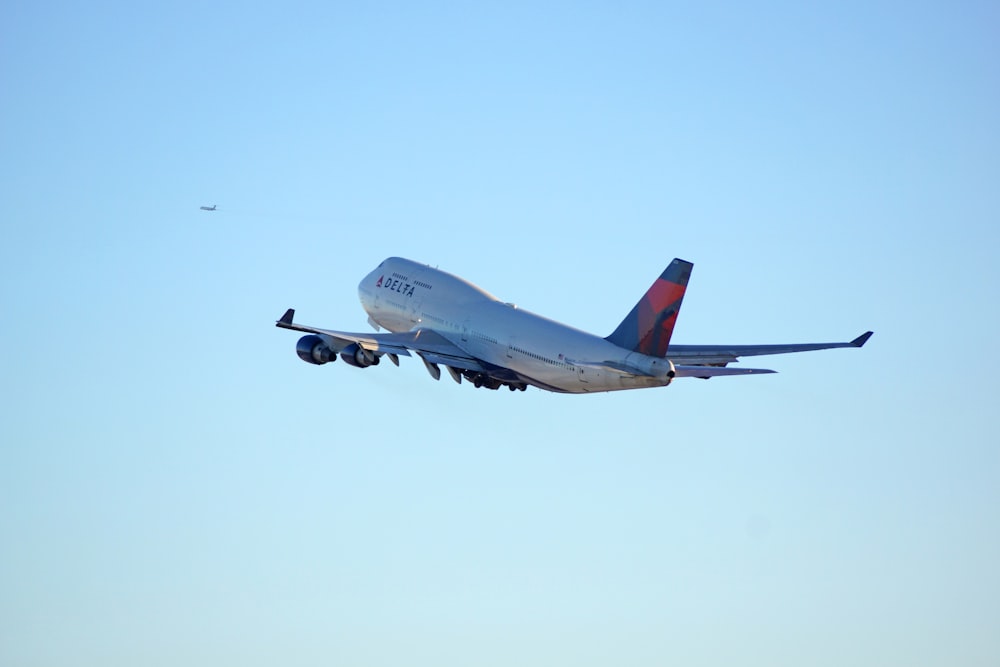 Basic Characteristics
Basic Characteristics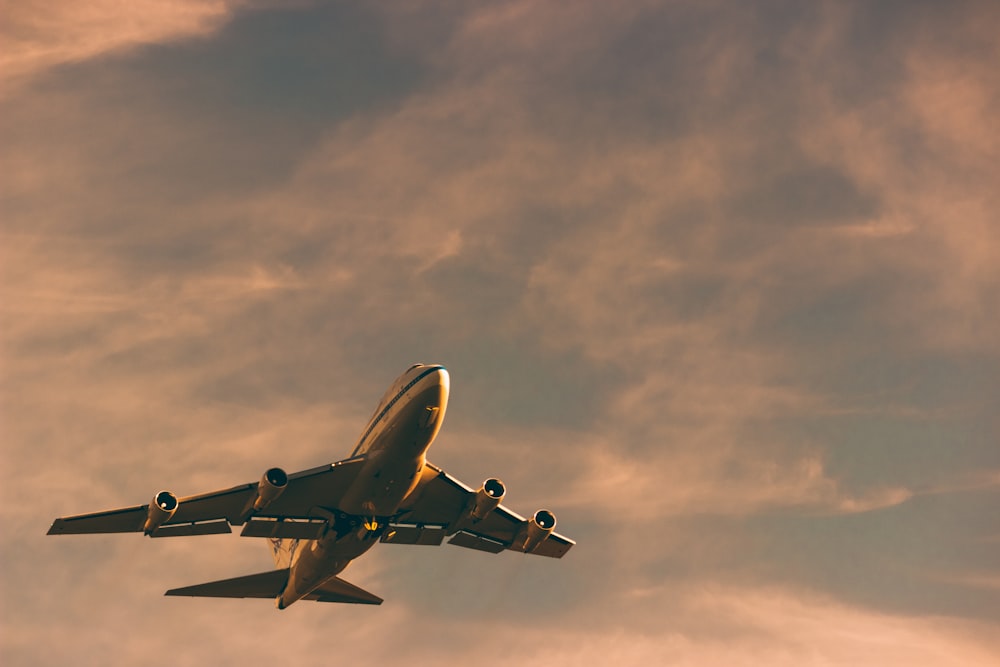 Unique Design and Features
Unique Design and Features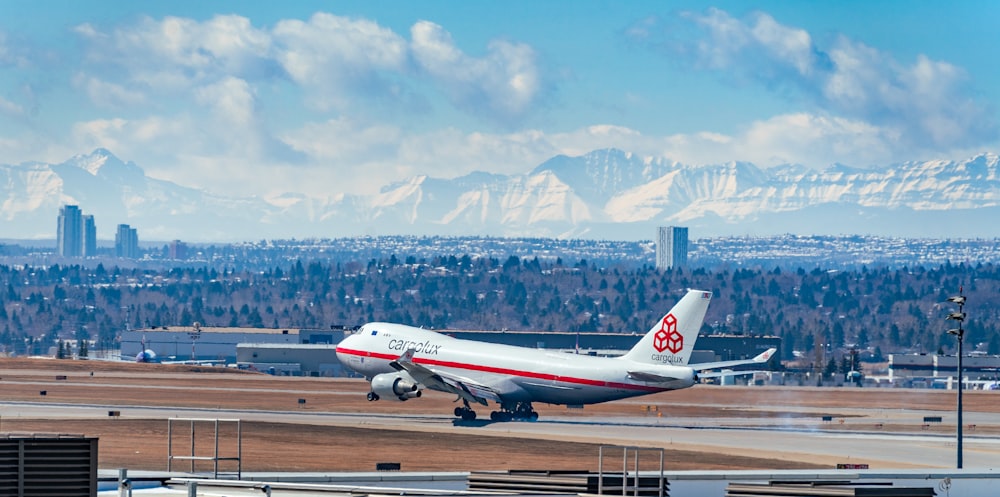

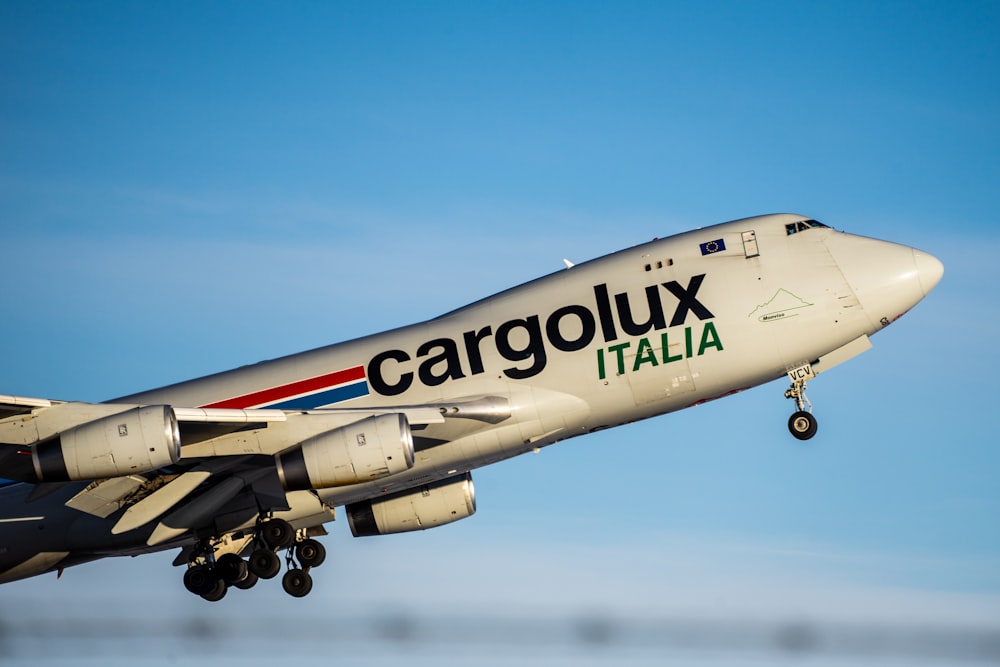 Future of the 747
Future of the 747

